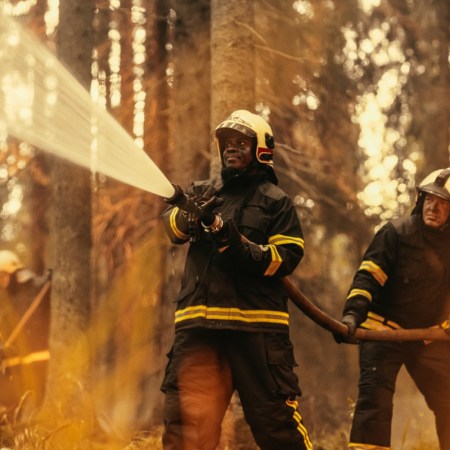Last week, the Denver metropolitan area faced down 20 miles of hailstorms, a weather event that The Denver Post compared to a 2017 storm that caused $2 billion in damages to the region. As Scott Dance at The Washington Post pointed out, the recent Colorado storm isn’t an isolated incident — instead, hailstorms in the central U.S. are getting larger and more frequent.
Or, as Northern Illinois University professor Victor Gensini told the Washington Post, this could be “a very painful year for insurers.”
When climate change comes up in the context of extreme weather, it’s often associated with hurricanes, tornadoes or flooding. But it turns out that atmospheric changes can also have a bearing on the size and frequency of hail. Dance writes that the updrafts that create hail are potentially growing stronger as temperatures rise on Earth — and that can lead to hail getting bigger before it begins its descent.
Gensini described the environmental changes in unsettling terms. “If it’s very humid, that’s like the gasoline you need for these updrafts,” he told Dance.
Climate Change Is Putting Humans at Risk From Venomous Snakes
A new study raises the alarmBesides the physical damage done by hailstorms, there’s also an economic aspect to their devastation. As Ann Carrns reported at the New York Times earlier this year. Carrns quoted State Farm insurance spokesperson Heather Paul, who said that the insurer’s hail claims had risen from 2022 to 2023. Homeowners are becoming more aware of the flood risk associated with their homes; could hailstorm risk be next on that list?
This article was featured in the InsideHook newsletter. Sign up now.



















